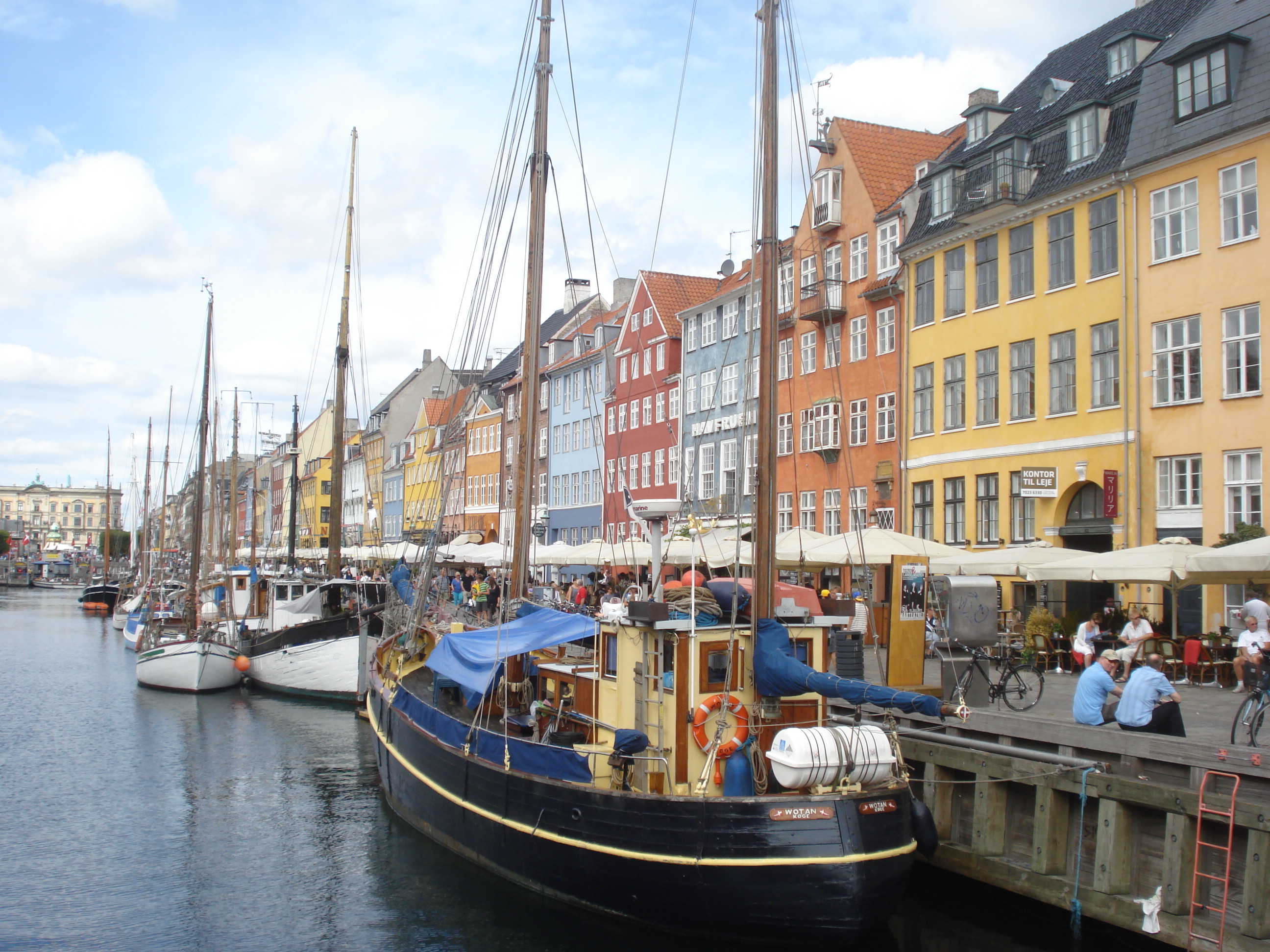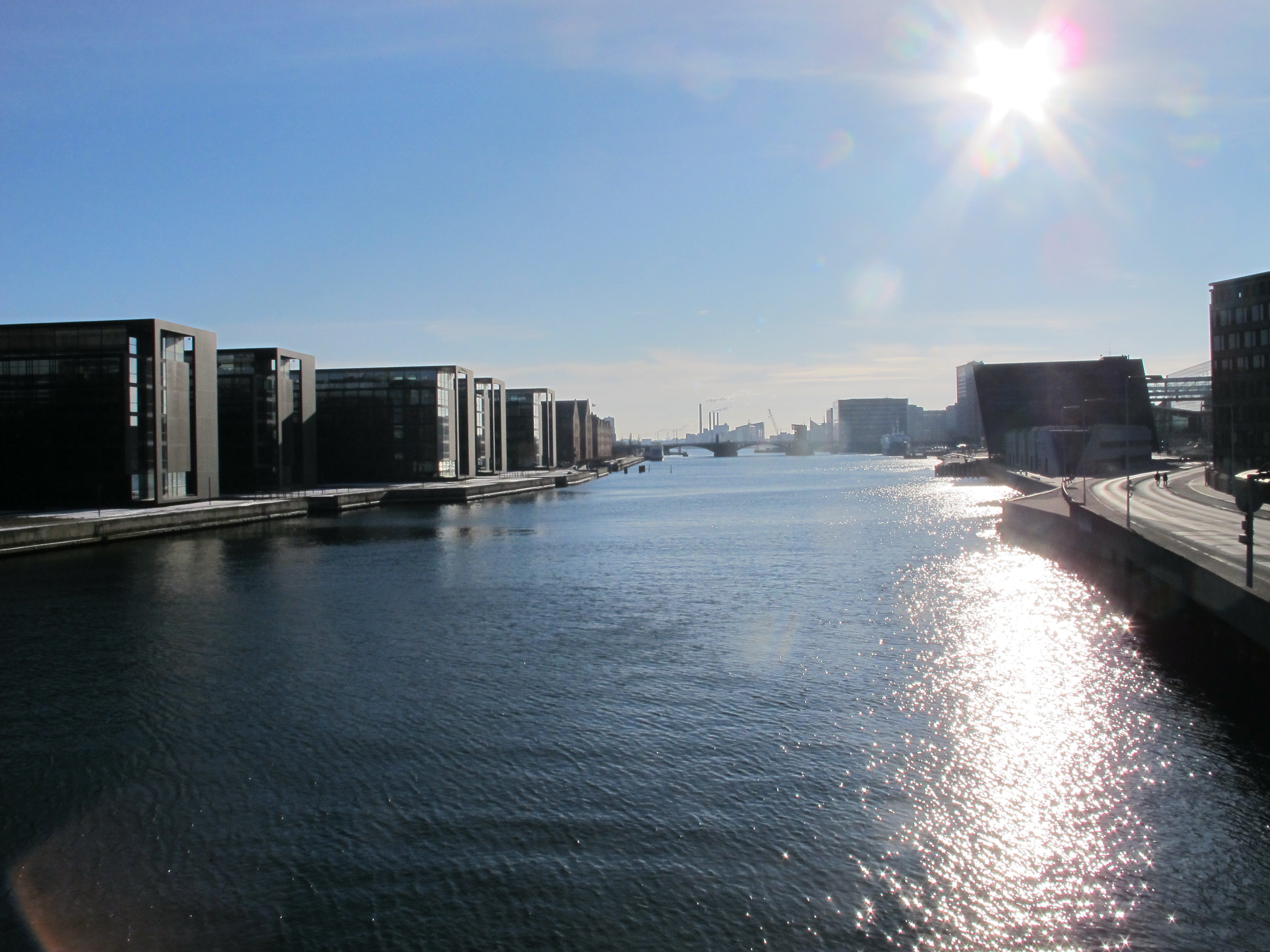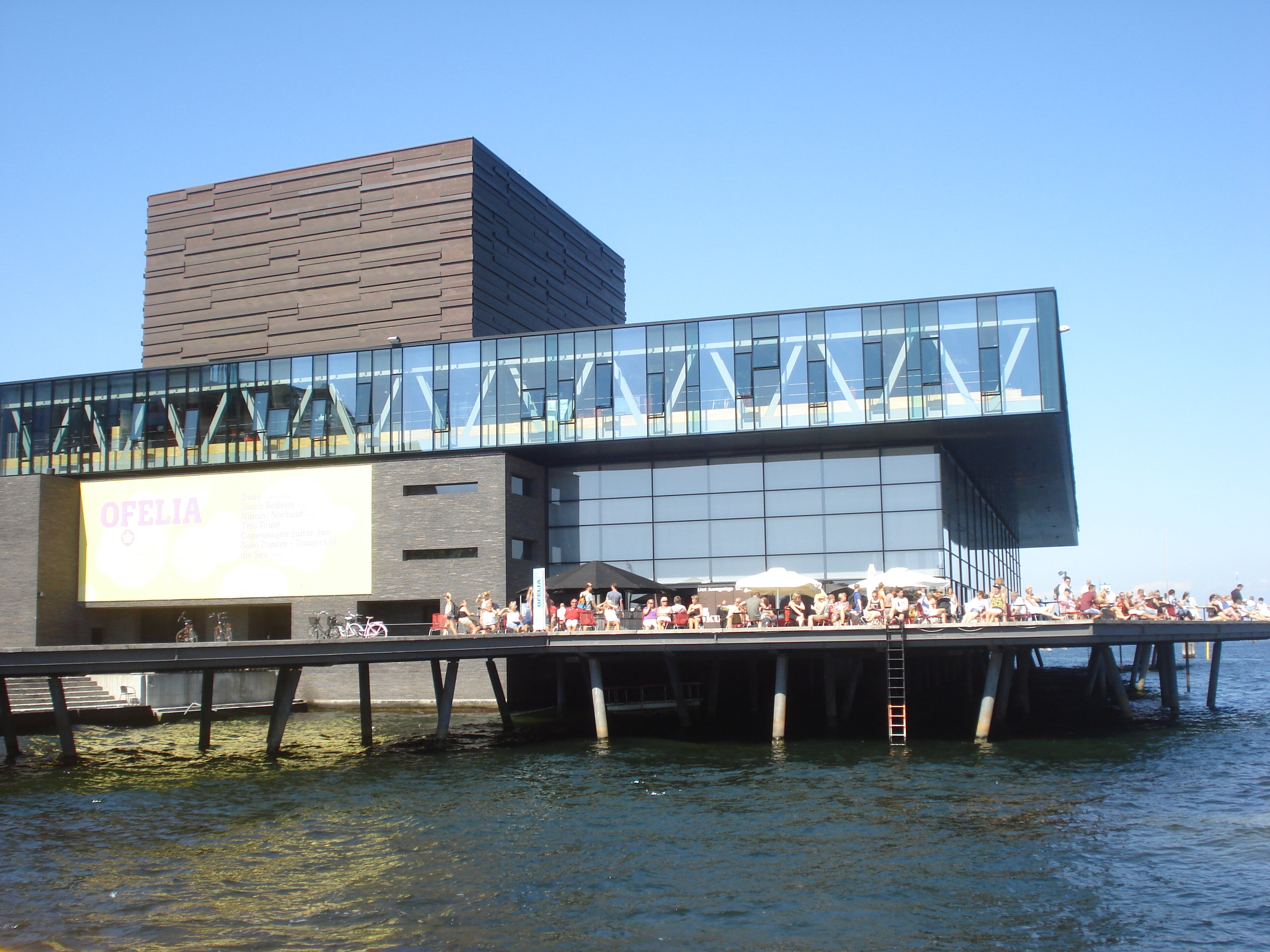Innovations for the city of the future
In an initial phase, from June 2012 to October 2013, researchers from the participating institutes observed six selected cities worldwide and analyzed examples of successful developments in eight key sectors. The aim was to identify action fields and impact factors for sustainable city development and from this, to develop an action-oriented model for sustainable city development. The Fraunhofer IGB made its contribution in the water infrastructure sector and adopted the management of the interdisciplinary team during a two-week research assignment in Copenhagen in March 2013, in which a total of 13 practical examples were studied. In the water infrastructure sector three practical examples were analyzed.
Reduction of water consumption
Supplying a city’s population with drinking water is essential across the globe. Denmark’s groundwater resources are limited. Consequently, in the 1980s it was decided in Copenhagen to reduce the per capita drinking water consumption through a series of measures. In this way it was possible to reduce the average consumption of 170 liters per inhabitant per day to 104 liters (2013). Unlike in Germany, where a reduction in the specific water consumption is now frequently viewed critically, Copenhagen is aiming to reduce its consumption to 90 liters per inhabitant per day by 2025, so that, in spite of population growth, the available water resources are also sufficient in the future.
Adaptation to climate change
The appearance of increasingly severe, heavy rainfall in the summer months is currently the most important water-related issue in Copenhagen. In 2010 and 2011, three instances of unusually severe rainfall resulted in considerable damage to the infrastructure and in insurance claims of almost a billion euros. Since as far back as 2008, the city administration has been working systematically on the development of plans to adapt the infrastructure to this trend. Since 2013, initial measures have been put in place. As with almost all strategies in Copenhagen, there is a focus here on increasing quality of life as well as on hazard prevention: through additional green spaces and bodies of water in the city, rainwater is to be stored and drained away, while at the same time spaces are created for recreation.
Engineered ground filter for rainwater treatment
Connected with this, there is also the development of an engineered ground filter (dual porosity filter), which has been developed at the University of Copenhagen in collaboration with companies and the city administration. Requiring little maintenance, the filter takes dirty rainwater from the roads and produces high-quality water that can be fed into municipal watercourses.
Impact factors
The most important impact factors as far as the city of Copenhagen is concerned, are the pursuit of a high life quality at all levels of planning, the local scientific expertise (universities) and a highly motivated and competent city administration with numerous employees. In addition, the awareness of being an international pioneer in the field of sustainability and to be able to export successfully implemented solutions worldwide, contributes to the town’s success. After all, Copenhagen is aiming to be the first climate-neutral capital city in the world by 2025.

 Fraunhofer Institute for Interfacial Engineering and Biotechnology IGB
Fraunhofer Institute for Interfacial Engineering and Biotechnology IGB

